
Time flies fast: before you know it, winter is over. In warm Sunny days and even in January-February already smells like spring. And what spring without cherries, without their violent flowering and sweet-tart aroma of bitter almonds?
Bird cherry-deciduous trees (mainly) or shrubs. Botanists, dendrologists separately distinguish the genus Prunus, but they do not agree with some scientists who consider bird cherry as a species of the genus Padus, so both views will be reflected in the Latin names.
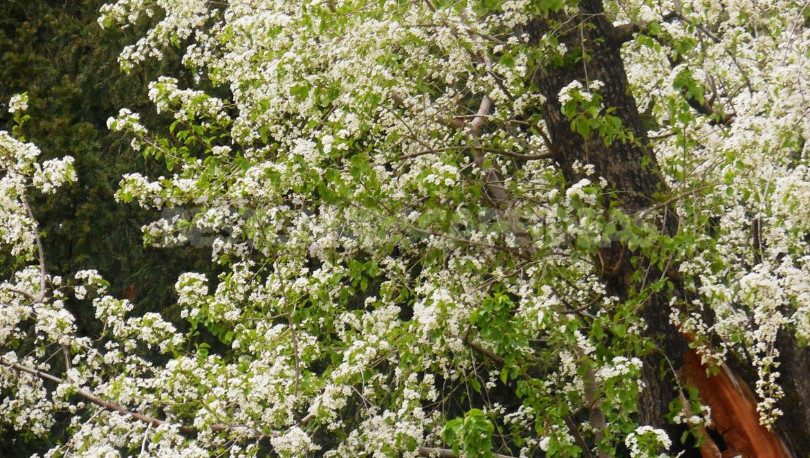
Among the selected suburban contenders there are cherry trees, which feel great in the middle lane, in the far East, in the southern regions.
Padus virginiana
In appearance, it is similar to Prunus padus, but blooms and bears fruit about 2 weeks later. Its dark red fruits are larger and much tastier.

She comes from North America. Tree options:
- height – 10 m, width up to 8 m;
- leaves broadly elliptical, shiny, up to 10 cm long;
- the flowers are small, white, collected in narrow drooping brush up to 10 cm; bloom in the South-in may, in the North-in early June;
- the fruits are small, round, from red to black, edible.

Quite hardy, shade-tolerant (but grows better and bears more fruit in Sunny places); not capricious to the soil, but does not tolerate prolonged waterlogging. Propagated by seeds and root suckers. For a small garden one tree will be enough for beauty, and for the use of berries.
Padus avium, syn. P. racemosa, Prunus
Originally from Europe, North Asia. It is the most common in the country culture. Flowering of this species often coincides with the annual spring cooling.

Many users of our site are well aware of this bird cherry since childhood. Especially effective in flowering and autumn, thanks to the yellow and red leaves. Tree options:
- height up to 15 m, width – 10 m;
- crown broad, thick, with drooping branches;
- bark smooth, dark gray, with orange-brown or white lentils;
- leaves elliptical, up to 10 cm long;
- the flowers are white, fragrant, in thick narrow hanging brushes, bloom in April-may;
- the fruits are round black drupes.
In the uncomfortable conditions of growing this kind of weed forming shrub.
Decorative shapes
Particularly interesting are the following:
- ‘Albertii’ – flowers in dense brushes, abundant flowering;
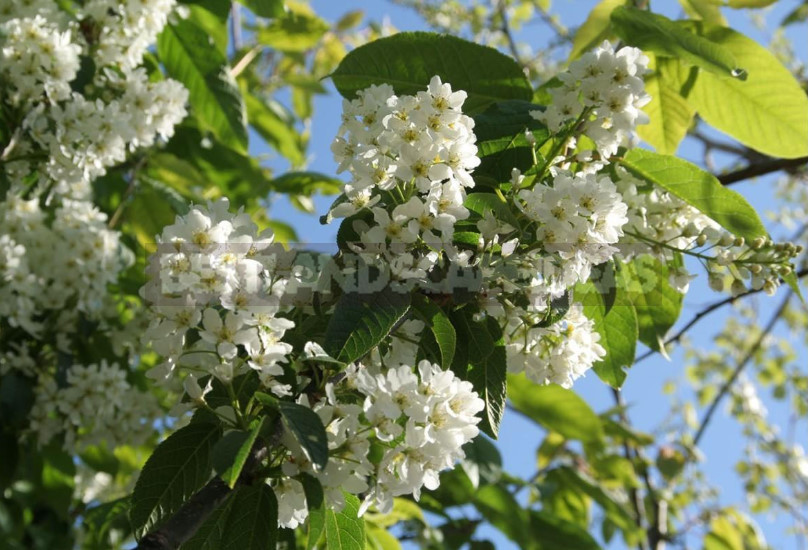
- ‘Colorata’ – young shoots reddish-purple, pink flowers;

- ‘Plena’ – double flowers;
- ‘Watereri’ – flowers in elegant long (up to 20 cm) brushes.
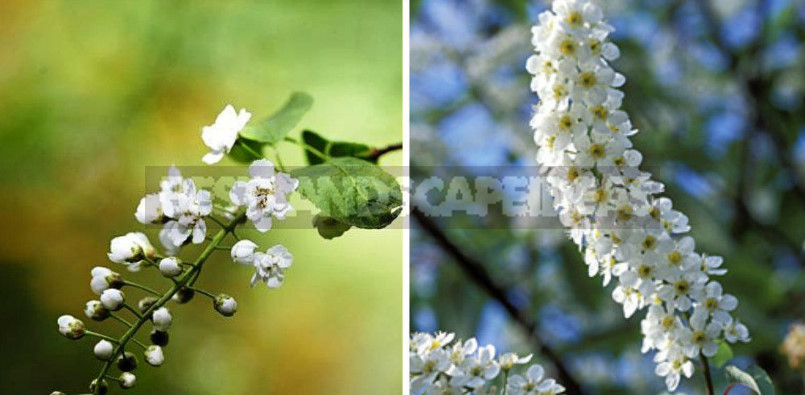
Propagated by seeds in the autumn or spring sowing (with stratification in wet sand for 3-3. 5 months, at a temperature of +2…+5°C) and root offspring. It tolerates partial shade. Feels great at the pond (as it prefers fertile moist soil).
Padus mahaleb
She comes from Europe, often a multi-barreled tree. This bird cherry is widespread in the southern regions. But the British call it the cherry of Saint Lucy.
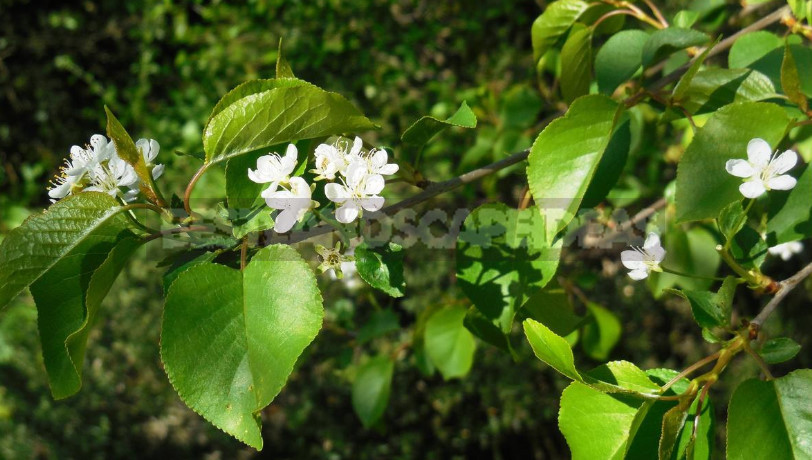
Tree options:
- height up to 10 m, width up to 8 m;
- leaves are round, shiny, up to 6 cm long;
- flowers white, very fragrant, clustered in few-flowered corymbose racemes up to 5 cm; blooming in April-may;
- fruit – black small bitter drupe.
Flowering and fruiting starts from 3-4 years.
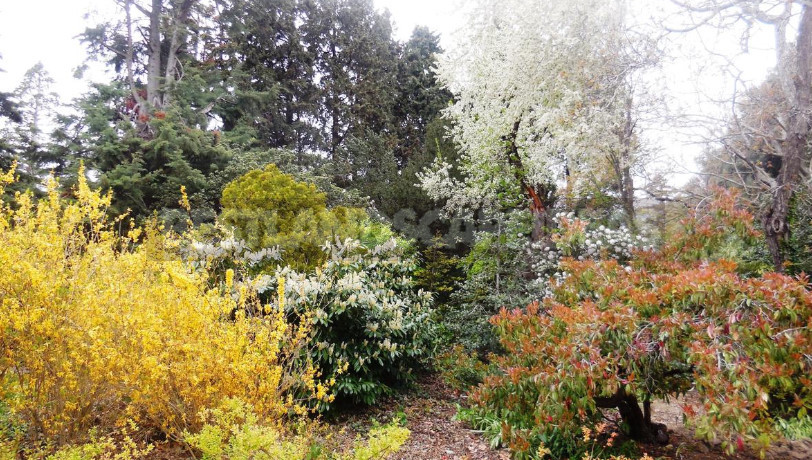
Hardy: withstands -25…-27°C. Highly heat – and drought resistant. Normally develops in lighted places and dry fertile soils. Propagated by seeds. Root offspring does not. Durable. From it you can create beautiful hedges, as it tolerates the haircut.
Padus maackii
She is originally from northeast Asia. The British even call it the Manchurian cherry.
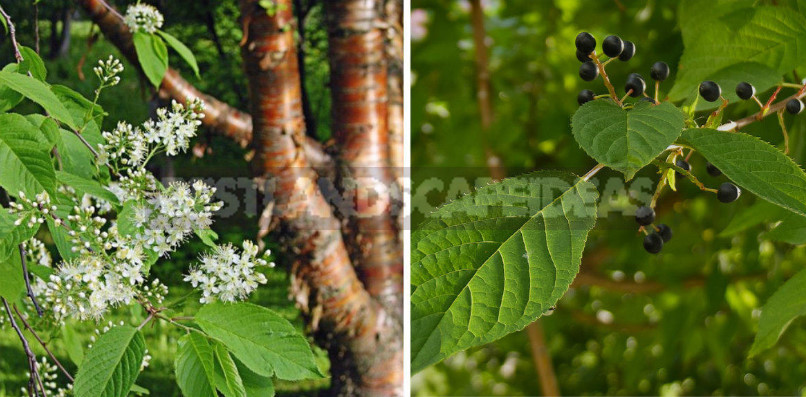
Tree options:
- height – 10 m, width-8 m;
- conical crown;
- bark smooth, reddish-orange, exfoliating;
- leaves elliptical, up to 10 cm long;
- the flowers are white, odorless, collected in multi-flowered brush up to 7 cm; bloom in may;
- fruit – dry black drupe with a diameter of 0.5 cm, inedible.
Hardy. Grows quickly, especially in Sunny places, fertile moist soils. This specimen, spectacular not only during the period of flowering, fruiting, and winter, in leafless condition.
Padus pensylvanica
She comes from North America. Due to the peculiar bark of the trunk, the British call it dashed cherry.
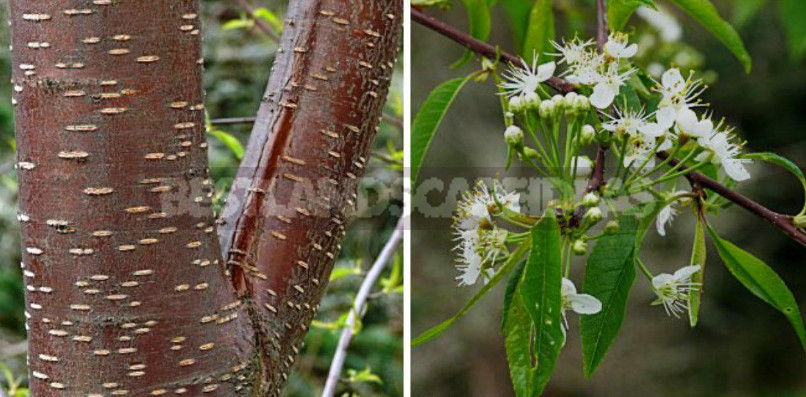
Tree options:
- height and width up to 10 m;
- trunk slender, with cherry-red bark;
- crown oval, openwork, with thin bare branches;
- leaves oval-lanceolate, with an elongated tip at the tip, up to 11 cm;
- the flowers are white, clustered 3-6 in umbels;
- fruit-small red edible drupe.
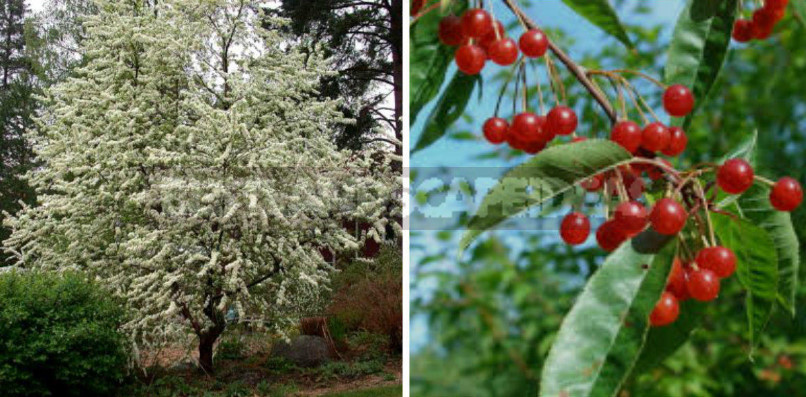
Blooms profusely and bears fruit from 3-4 years. Quickly grows to 10 years, then growth slows. Winter hardiness in Northern regions, drought-tolerant, not fussy in relation to soils. Gives abundant root shoots, far from spreading from the tree, so when planting immediately need to limit the roots with slate, high-quality plastic, metal sheets. Pruning tolerates poorly.
Padus serotina
She comes from North America. The British call this bird cherry tree black cherry, wild rum cherry.
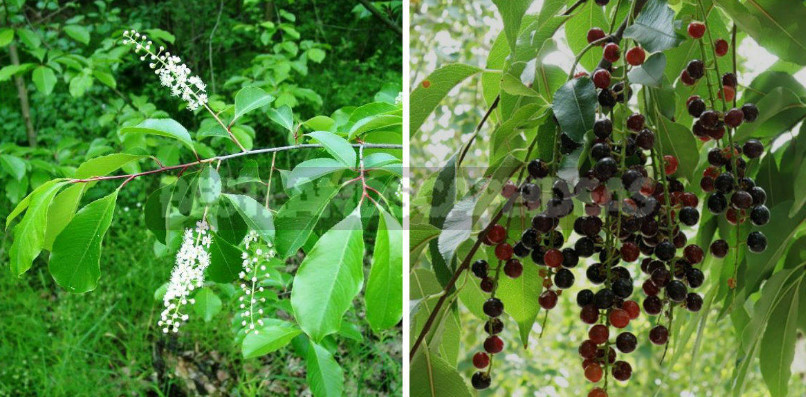
It is quite large (at home reaching a height of 35 m) deciduous tree with a rounded crown. In the middle lane its size is much more modest (height up to 10 m); can acquire a bushy shape.
The parameters of the plant:
- leaves elliptical, up to 12 cm long;
- flowers are white, in the rejected brushes up to 15 cm long;
- blossom in may-June;
- Fruits – black drupe; preserved after leaf fall.
Blooms and bears fruit with 5 years. Grow faster. Hardy, but less than other types; in the middle zone and to the North in severe winters shoots may be covered with ice. Propagated by seeds and root suckers. Normally develops in full sun with fertile well-drained moist soil; grows poorly on dry.
Padus ssiori
This is a far Eastern beauty: its range captures Northern Japan and Northern China.

Tree options:
- height up to 10 m;
- leaves dark green (young-reddish), up to 14 cm long;
- flowers with pink, collected in a brush up to 15 cm;
- the fruits are black, 10-12 mm in diameter, edible.
In the middle zone, where winter frosts are replaced by thaws more than once, winter hardiness of this species is low, so the rate should be done on more stable and acclimatized seedlings grown in local conditions. But at home – in the far East-it is more comfortable for her.
And in conclusion-the traditional questions: does the bird cherry grow on your site? What? What it gives you more happiness or problems and troubles?
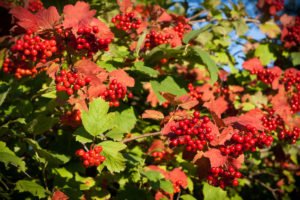


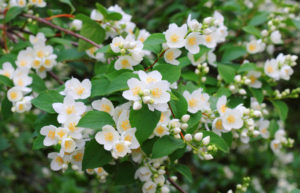
Leave a Reply